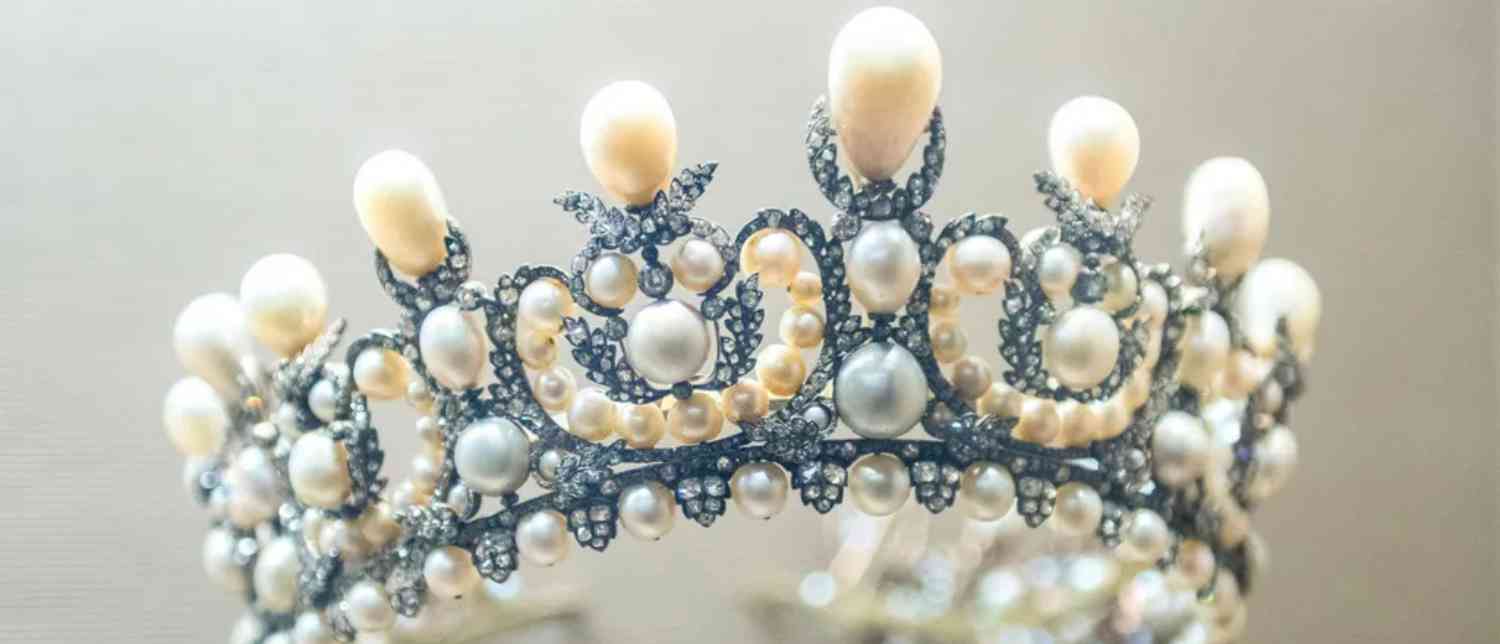In an audacious daylight crime that has left France reeling, thieves stormed into the Louvre Museum in Paris — the world’s most-visited museum and home to the legendary Mona Lisa — and made off with eight priceless pieces of royal jewellery. Wielding power tools and executing their plan with precision, the masked gang pulled off what investigators are calling one of the most shocking cultural thefts in decades.
As police continue to comb through CCTV footage and hunt for the culprits, France is facing uncomfortable questions about how such a brazen robbery could happen inside one of its most heavily guarded institutions.
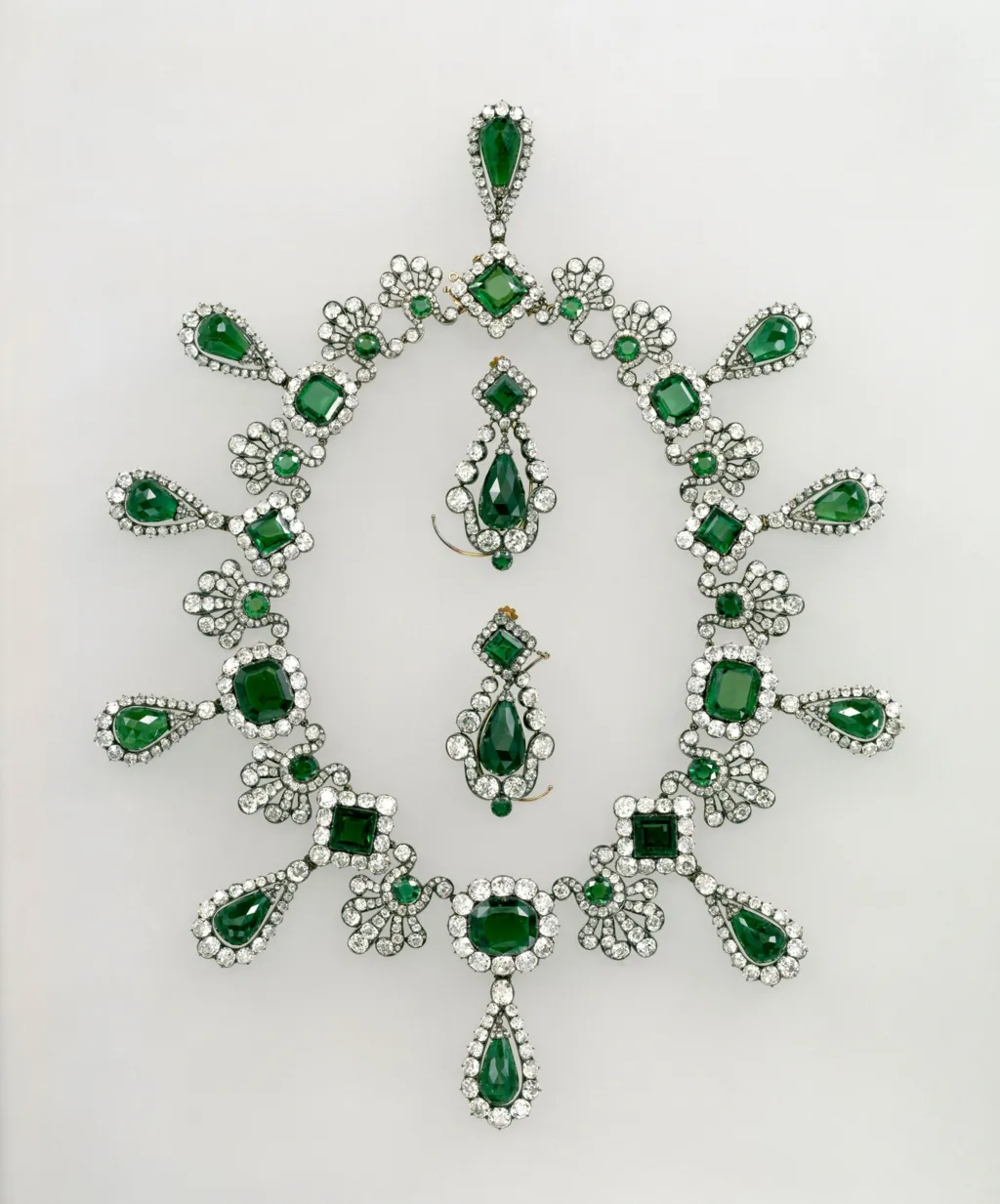
A Four-Minute Operation That Shook France
The heist began around 9:30 a.m. local time on Sunday — just as the museum opened its doors to early visitors. According to investigators, four suspects arrived using a vehicle-mounted mechanical lift, typically used for moving furniture, to reach a balcony of the Galerie d’Apollon (Gallery of Apollo) — the glittering hall that houses France’s crown jewels. The entry point was a first-floor window facing the River Seine.
Two of the thieves, reportedly dressed as construction workers in yellow safety vests, cut through the window using power tools and slipped inside. Once in the gallery, they threatened security guards, who quickly evacuated the area. In just four minutes, the gang cut through two display cases containing 19th-century royal jewels, grabbed their targets, and bolted.
By 9:38 a.m., they were gone — escaping on two scooters waiting nearby.
Pictures from the scene later showed the lift still braced against the museum’s facade and a ladder leading up to the shattered window. Authorities said one-third of the rooms in the raided area had no CCTV cameras, and the localised alarm system was reportedly broken — a vulnerability that might have played a crucial role in the success of the heist.
“It’s a very painful episode for France,” said Senator Natalie Goulet, expressing anger over how “easily” the robbery had occurred.
The museum’s wider alarm system did sound, officials confirmed, prompting immediate evacuation and alerting security forces. The thieves also tried to set fire to their getaway vehicle, but a quick-thinking museum staffer prevented it.
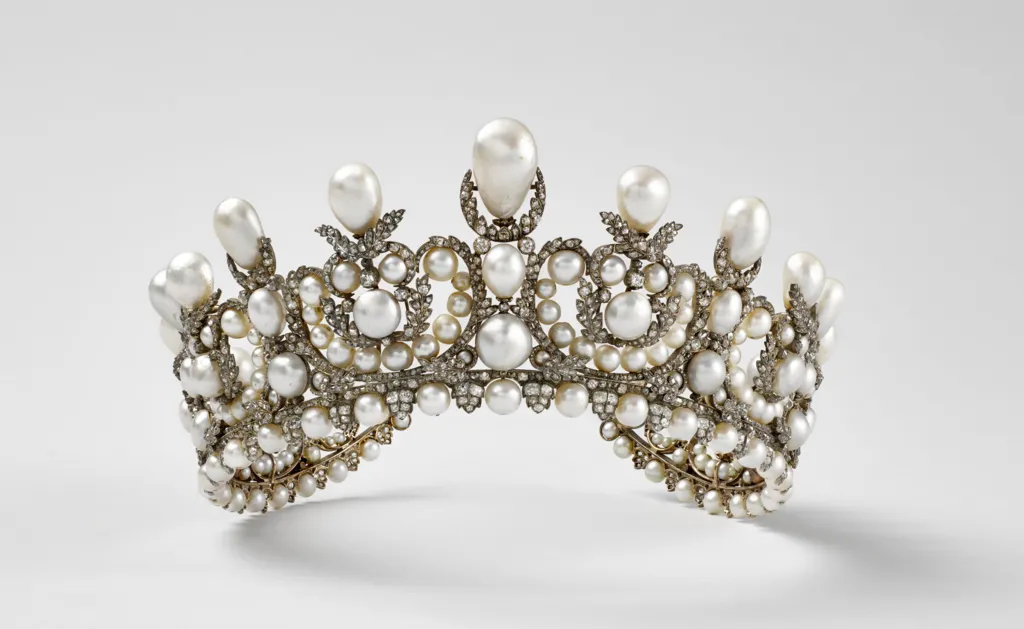
Calm, Confident, and Professional
Culture Minister Rachida Dati described the robbers as “calm and experienced.” CCTV footage reportedly showed the masked group entering without panic, smashing glass cases, and methodically collecting the jewels before disappearing.
“They were clearly professionals with a well-prepared escape plan,” Dati told French media outlet TF1.
More than 60 investigators are now working on the case, and prosecutors believe the gang acted on orders from a criminal organisation. Forensic teams have already recovered a vest and several tools left behind, which are now being tested for DNA.
One witness described the scene as one of “total panic” as visitors were evacuated. Photos from later that morning showed the museum’s entrances sealed with metal gates and police cordons blocking the area around the iconic glass pyramid.
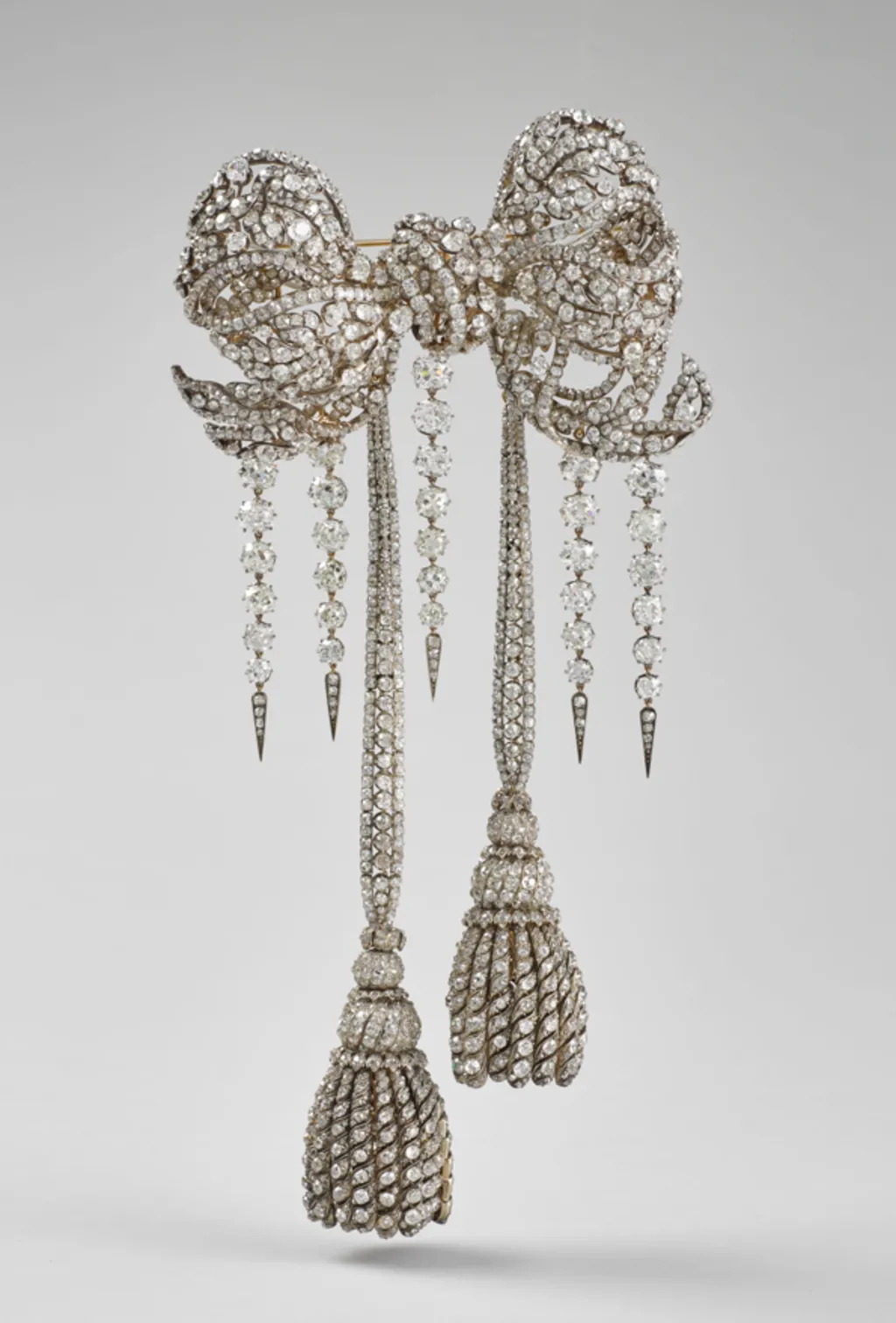
What Exactly Was Stolen?
Authorities confirmed that eight pieces of jewellery were stolen — all of them dating from the 19th century and belonging to French royalty and imperial rulers.
According to the Ministry of Culture, the stolen items include:
-
A tiara and brooch belonging to Empress Eugénie, wife of Napoleon III.
-
An emerald necklace and pair of emerald earrings once owned by Empress Marie-Louise, the wife of Napoleon I.
-
A tiara, necklace, and a single earring from a sapphire jewellery set that belonged to Queen Marie-Amelie and Queen Hortense.
-
A brooch known as the “Reliquary Brooch.”
Between them, these items sparkle with thousands of diamonds, emeralds, and other precious stones.
Investigators discovered one heartbreaking clue along the escape route — Empress Eugénie’s crown, found damaged and discarded. It appeared to have been dropped during the thieves’ frantic exit.
Interior Minister Laurent Nuñez described the jewels as “priceless and of immeasurable heritage value.” Experts fear, however, that their true fate may already be sealed.
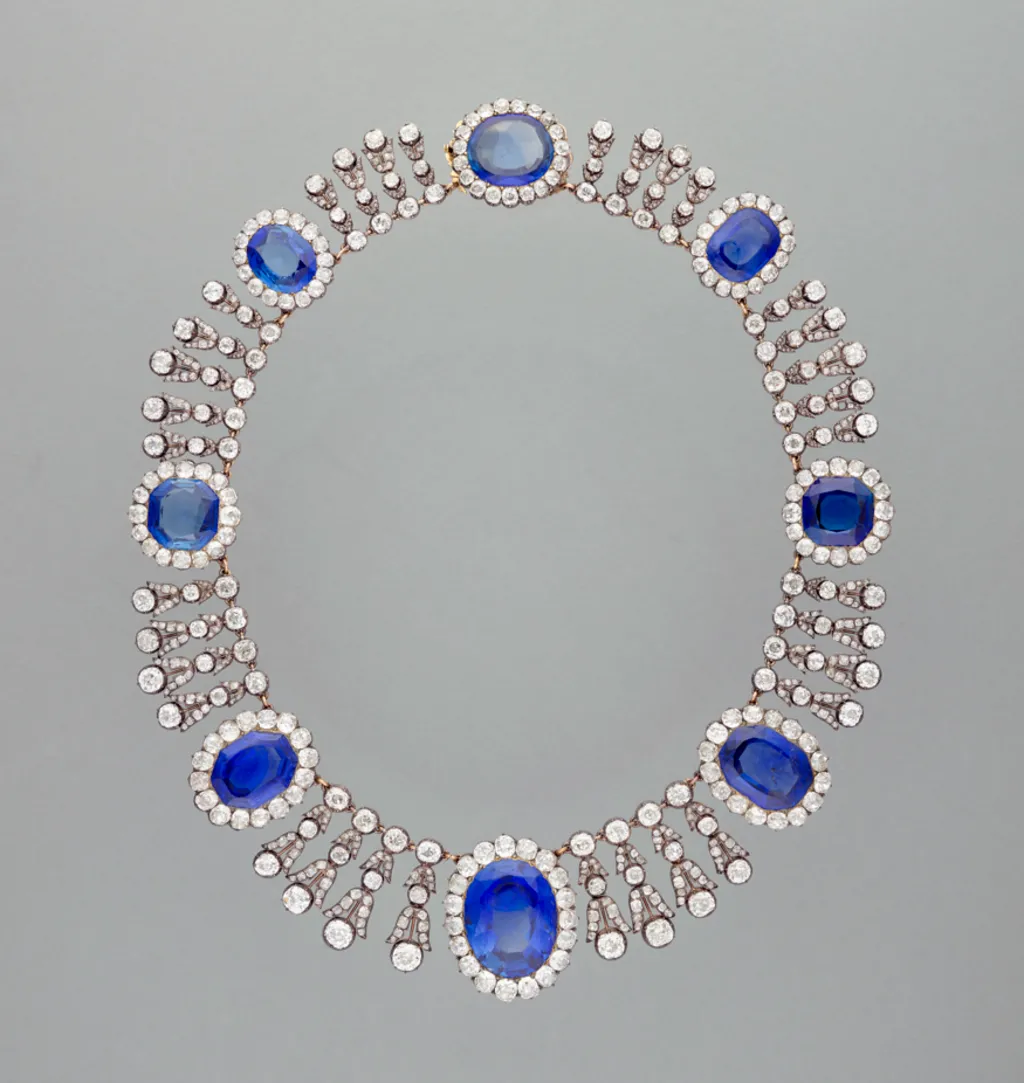
“They’ll Break Them Up and Melt Them Down”
Art recovery experts warn that the jewels may soon be dismantled, melted, and scattered across international black markets.
“There is a race against time,” said Chris Marinello, CEO of Art Recovery International. “Thieves are unlikely to keep them intact. They’ll break them up, melt the gold, and recut the gems to erase their identity.”
Dutch art detective Arthur Brand, who has recovered several high-profile stolen artworks, echoed the grim assessment. “The jewels are probably already long gone,” he told the BBC. “They’ll be smuggled out of France and sold for a fraction of their worth.”
Brand added that the gang’s professional precision suggests they have done this before. “You don’t just wake up one morning and decide to rob the Louvre,” he said. “This won’t be their first heist.”
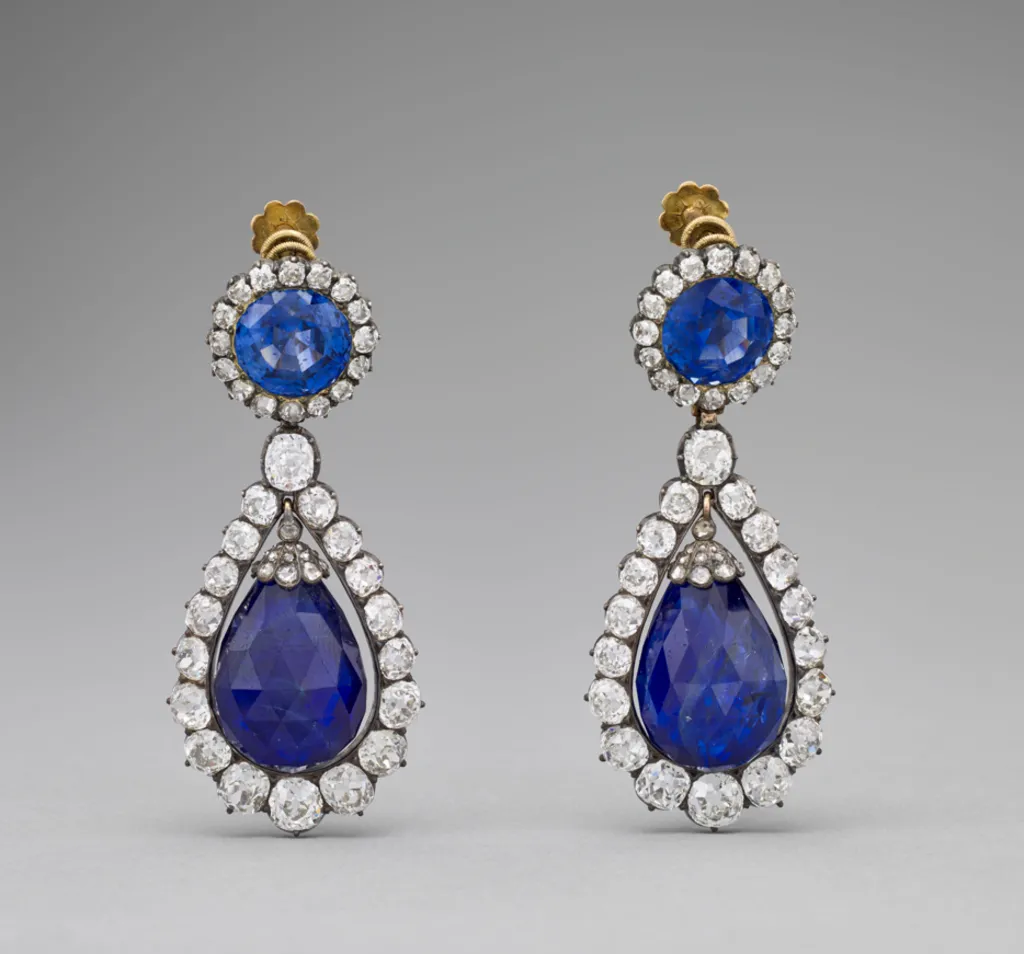
Who’s Behind the Heist?
Authorities suspect an organised crime network is behind the robbery. Paris prosecutor Laure Beccuau said such groups often steal valuable items “either for a sponsor” or to use the precious stones in money-laundering operations.
The investigation is now led by a specialist police unit known for cracking major art thefts.
While theories swirl about potential “art collectors” commissioning the theft, experts like Brand dismiss that notion as pure Hollywood fiction. “No serious collector would touch something this hot,” he said. “You can’t display it, can’t sell it, can’t even tell anyone you own it.”
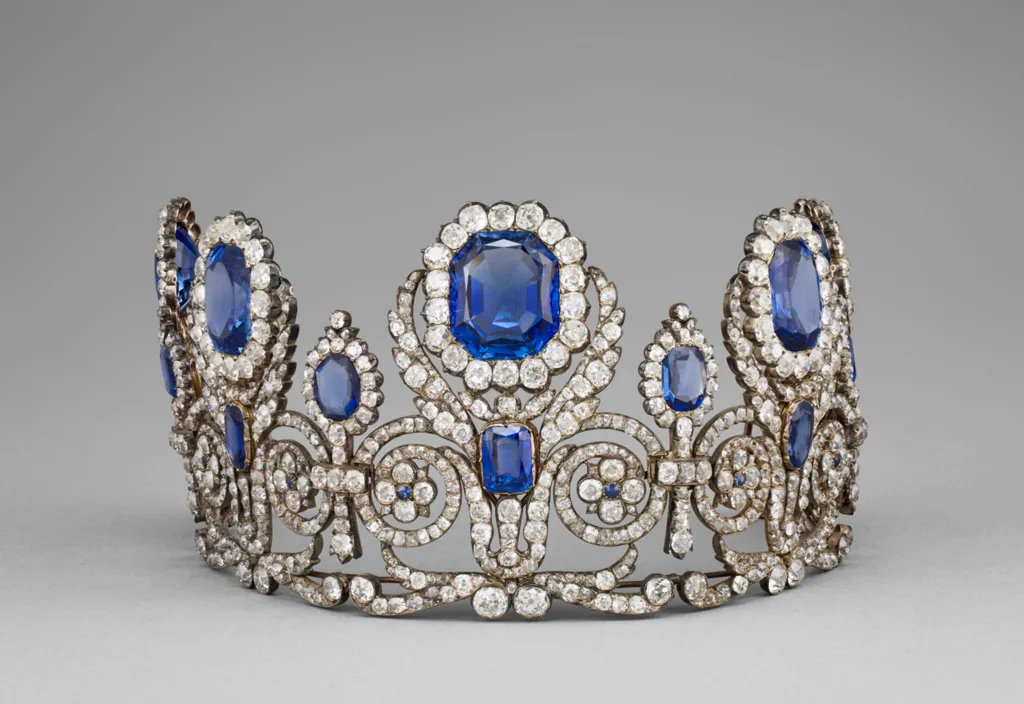
How Much Could the Loot Be Worth?
While the jewels are described as “priceless”, experts estimate that the stolen haul could fetch up to £10 million (€11.5m / $13.4m) on the black market.
Jewellery historian Carol Woolton, former Vogue editor and host of If Jewels Could Talk, said the thieves “cherry-picked” the most valuable stones — large, flawless gems that would be easy to extract and sell.
Empress Eugénie’s tiara, she noted, contained rare natural pearls, which alone carry massive market value. However, the crown’s intricate design and smaller stones made it “too hot to handle” — perhaps explaining why it was dropped during the getaway.
According to Tobias Kormind, managing director of 77 Diamonds, the gang would need skilled cutters to disguise the gems’ origins. “Smaller stones could be sold immediately,” he said, “but the larger ones — worth around £500,000 each — will need to be recut.”
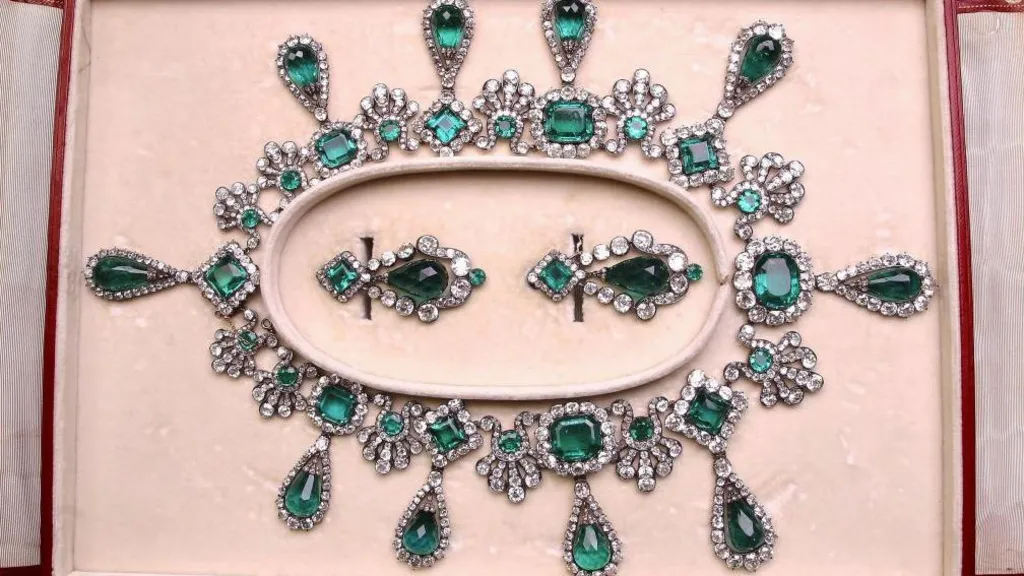
The Louvre’s Troubled Security Past
This isn’t the first time the Louvre’s security has been called into question. The museum, which drew 8.7 million visitors in 2024, has faced criticism for overcrowding, understaffing, and ageing infrastructure.
Earlier this year, officials requested government funding to modernise its exhibition halls and strengthen security, with President Emmanuel Macron pledging up to €800 million as part of France’s New Renaissance Project.
The Louvre also has a notorious history of high-profile thefts. In 1911, the Mona Lisa itself was stolen by an Italian museum worker who hid it under his coat. It was recovered two years later. In 1998, Le Chemin de Sèvres by Camille Corot vanished and has never been found.
More recently, French museums have been repeatedly targeted:
-
In 2024, thieves stole €9.5 million worth of porcelain from the Adrien Dubouché Museum in Limoges.
-
The Cognacq-Jay Museum lost seven valuable artifacts in a November robbery, five of which were later recovered.
-
Armed robbers also raided the Hieron Museum in Burgundy, firing shots before escaping with millions in modern artworks.
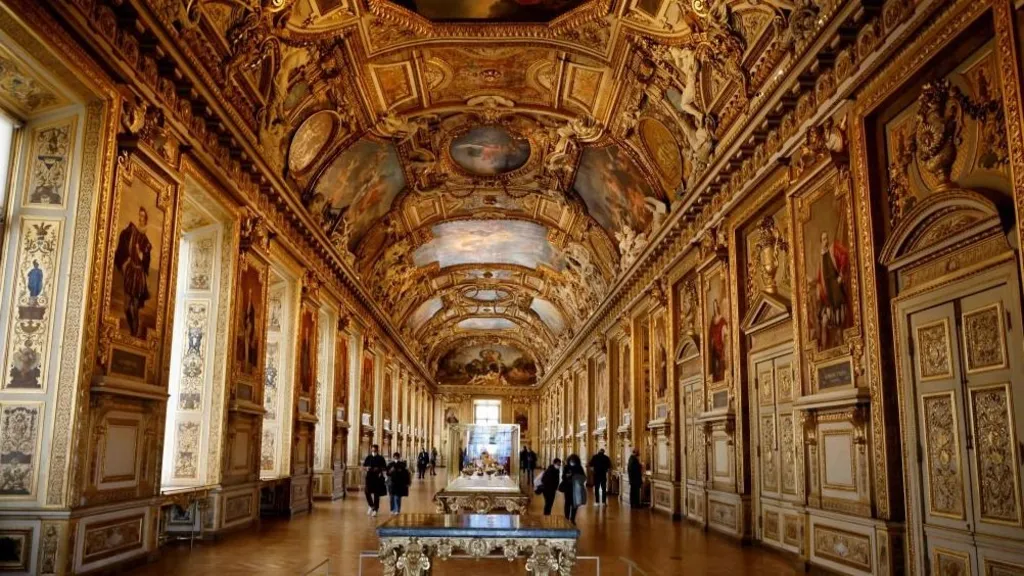
Political Shockwaves and Public Anger
The theft has triggered an emotional and political outcry across France. President Emmanuel Macron condemned it as “an attack on our heritage that we cherish.” National Rally leader Jordan Bardella called it an “intolerable humiliation,” while Marine Le Pen described it as “a wound to the French soul.”
The Louvre, meanwhile, remains closed for investigation. Visitors with booked tickets are being refunded, and heavy police presence continues around its famous glass pyramid entrance. While the museum traditionally closes on Tuesdays, no reopening date has been announced.
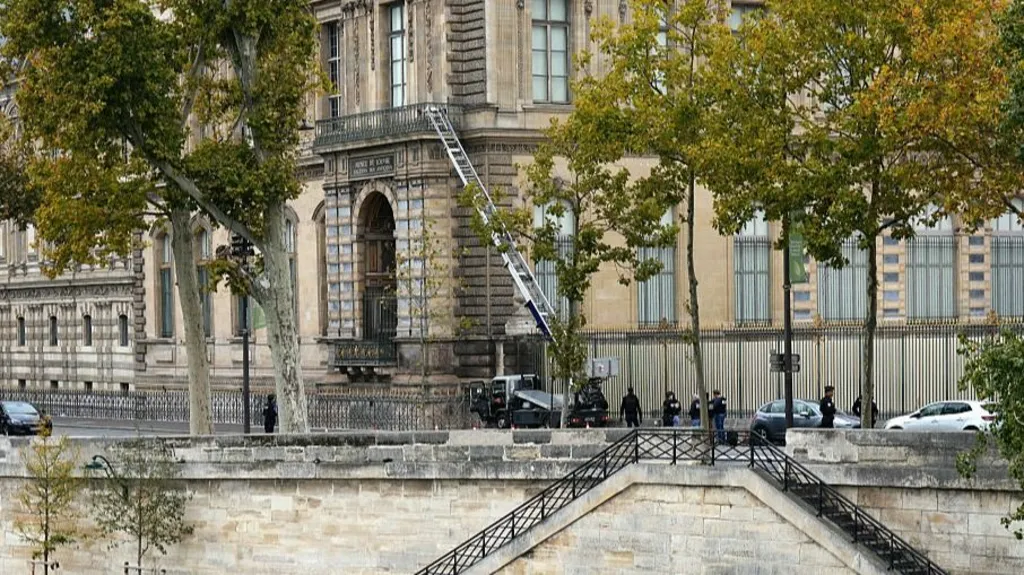
“Someone Stole France”
For many in France, the theft feels personal — a violation of shared history and identity.
“We don’t necessarily love jewellery for its power,” said Alexandre Leger, head of heritage at Maison Vever, a historic French jeweller. “But what was stolen belonged to all of us. Everyone owns a little piece of these objects, just as everyone owns a little piece of the Mona Lisa.”
“It’s as if someone had stolen the Mona Lisa from us,” he added. “Someone stole France.”
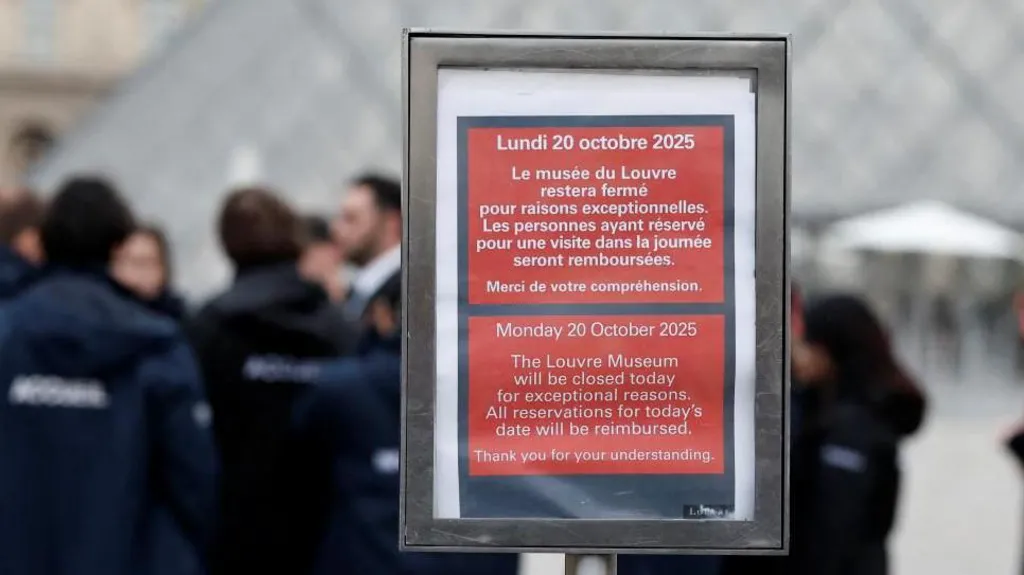
The Race to Recover the Jewels
Despite the despair, there’s still a glimmer of hope. Some experts point out that famous stolen jewels have resurfaced decades later — like pieces from a Cartier collection that vanished in 1948 and reappeared at auction many years after.
But as days pass, optimism fades. The Louvre’s stolen treasures — once symbols of France’s imperial grandeur — may already be dismantled, their precious stones scattered across borders, their legacy lost to time.
Still, investigators remain relentless. Forensic teams continue their work, and France’s most elite crime units are on the trail. Whether they can bring back the jewels — or at least justice — remains to be seen.
For now, the world’s greatest museum stands wounded, its glass pyramid reflecting not just light, but the uneasy truth that even the strongest walls can be breached.
With inputs from agencies
Image Source: Multiple agencies
© Copyright 2025. All Rights Reserved. Powered by Vygr Media.

